Seismic Inversion
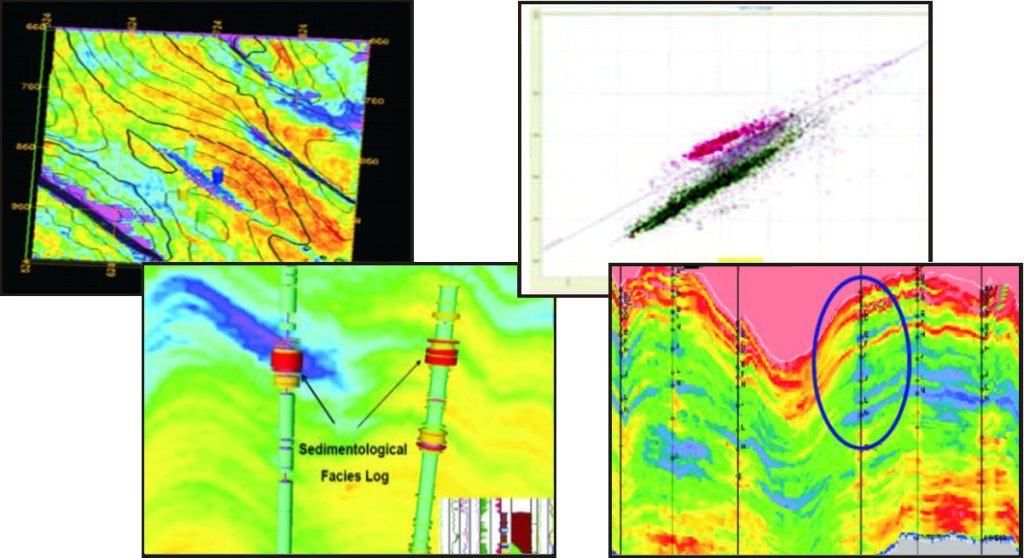
Seismic inversion utilizes the principals provided by Karl Zoepprit in 1919 to transform the seismic amplitudes into blocks of impedances at a defined time sampling interval. These inverted data can be related to the reservoir properties using the rock physics models that were built in the previous chapters. Most Inversions into absolute impedance rely on well data, so they are usually carried out in the reservoir appraisal and development phases of the reservoir life cycle.
At EREX we utilize the latest technologies in the market to deliver high end seismic inversion results that are guided by detailed rock physics analysis, that include:
- Seismic lithofacies
- Seismic porositiy
- Fluid cubes
To achieve this, we posses all the industry standard inversion algorithms, that include pre- and post stack seismic data inversion, deterministic and stochastic seismic inversion algorithms.
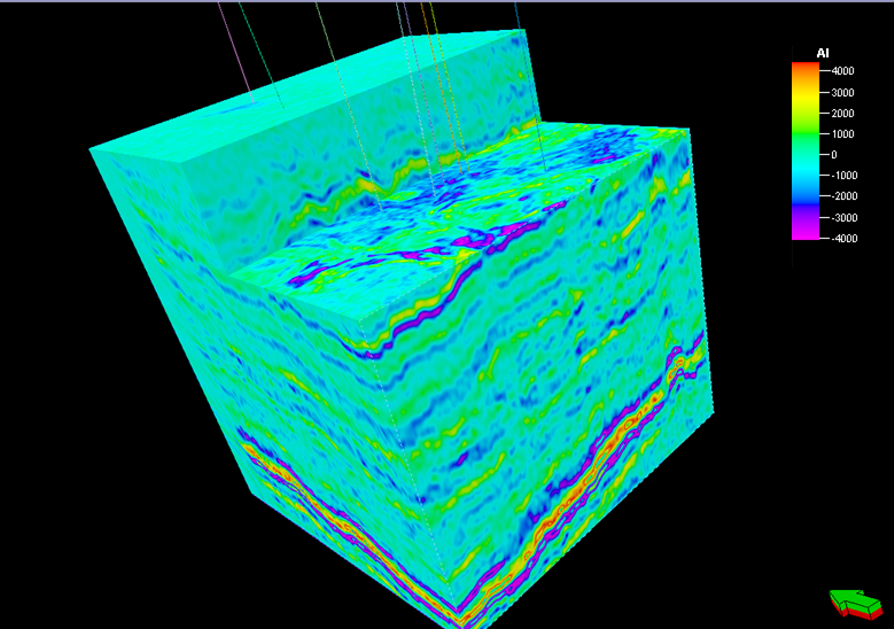
Colored Inversion
Colored Inversion used for post stack seismic data inversion to extract porosity and lithology information from seismic 3d Cubes
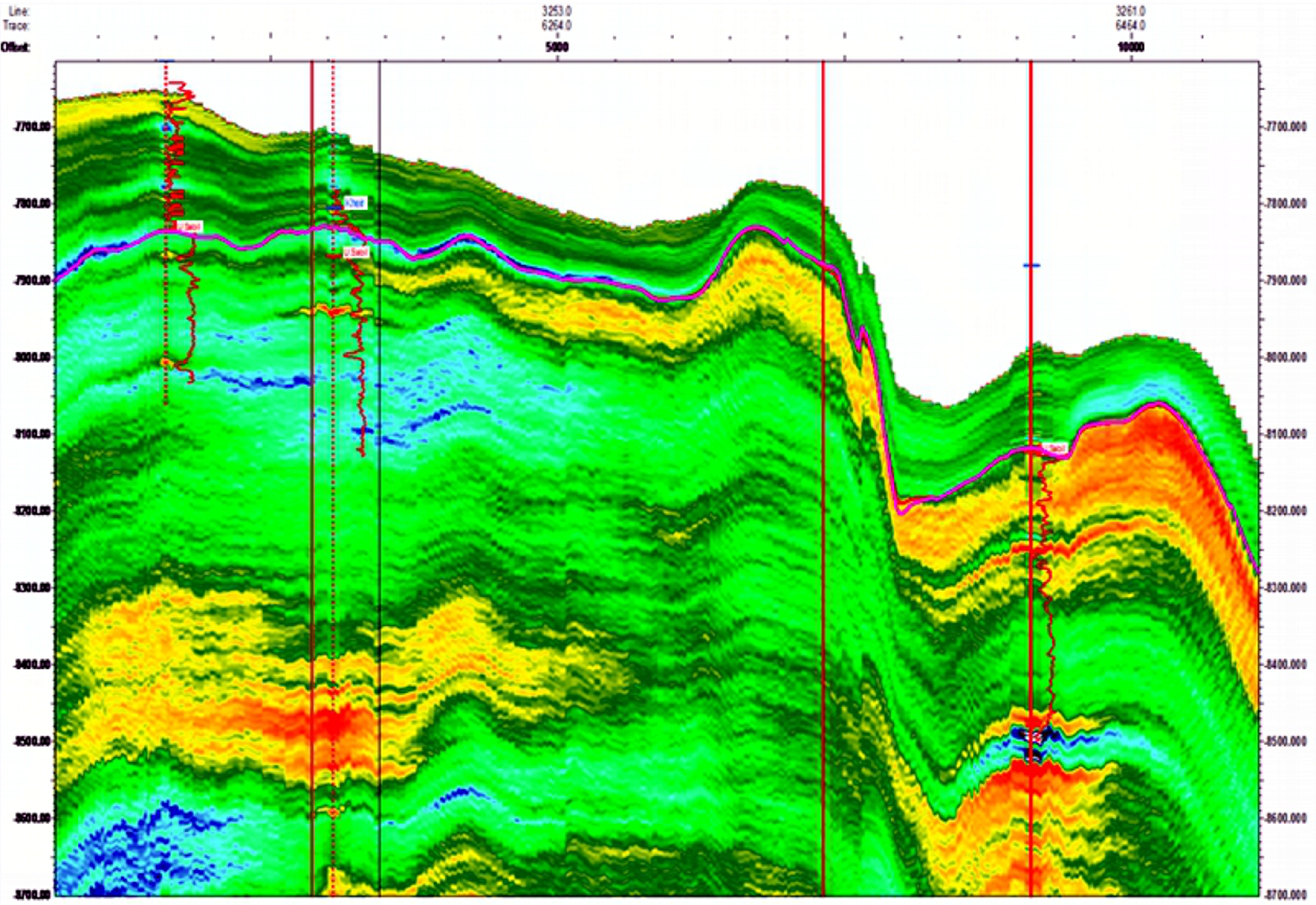
High resolution seismic inversion for lateral facies variations
Using High resolution seismic poststack or prestack geostatistical seismic inversion can detect even the subtle lateral lithofacies variations even below seismic resolution
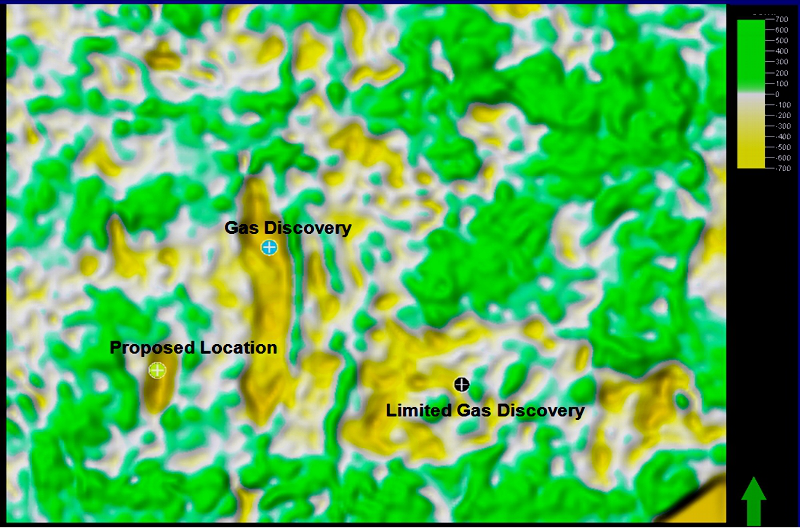
3D seismic lithofacies extraction
Prestack seismic data inversion can be used for detailed lithofacies classification, that can help in reservoir connectivity and sedimentological modeling of a hydrocarbon field.
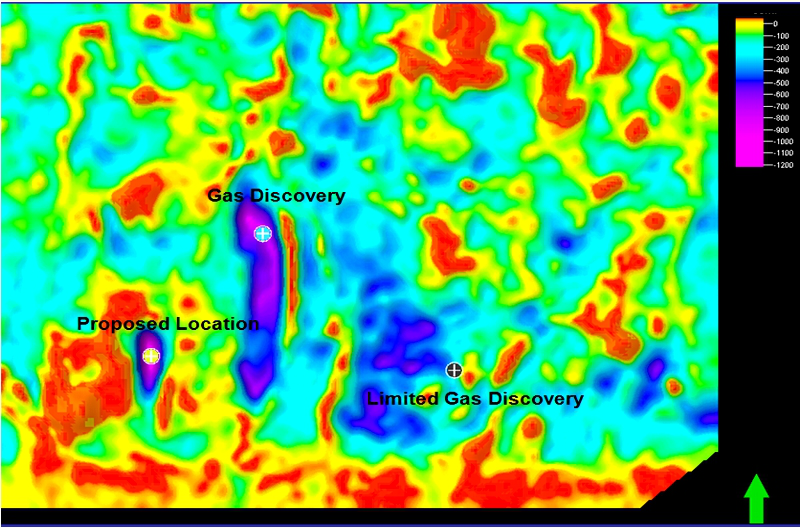
Generation of Fluid Maps
Extracted from Pre-stack seismic inversion cube over the reservoir top, this map is an indication of the hydrocarbon presence that was confirmed via well drilling, this field is producing 300 cubic feet of gas daily
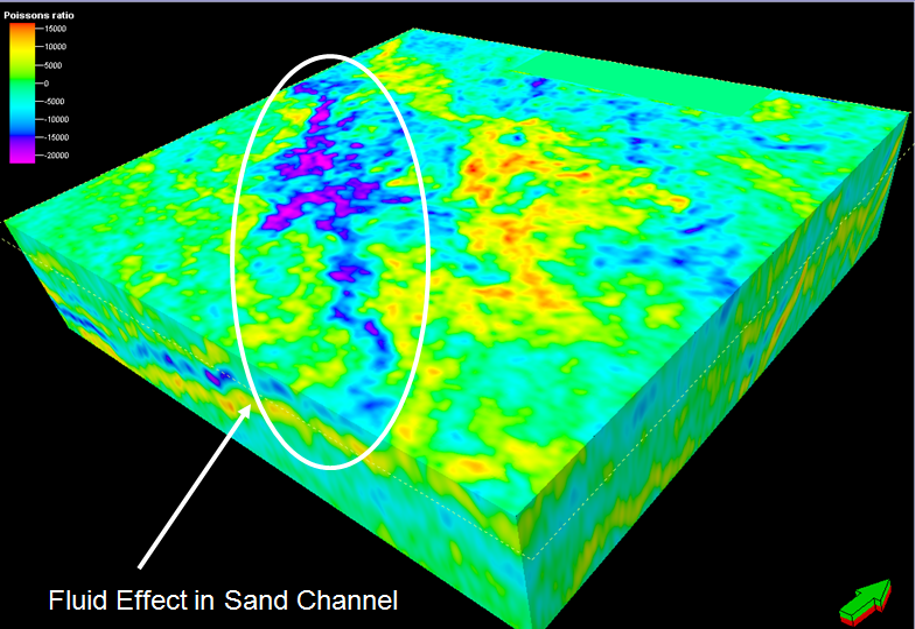
Fluid Cube Generation
Using Prestack seismic inversion techniques can be used to generate a fluid saturation cube, these cubes are of great help to determine the exact in place volumes in the field, and facilitate production development plans
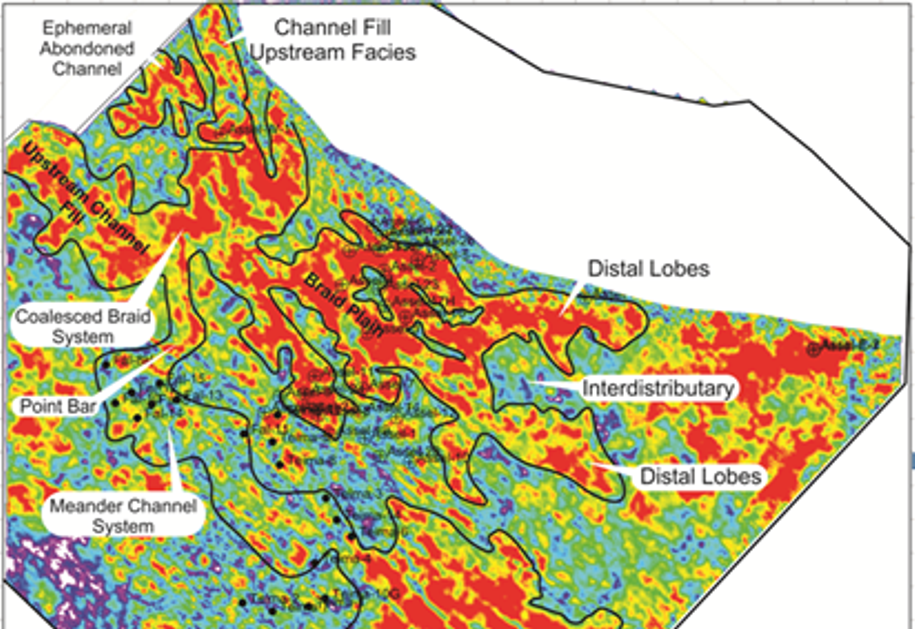
Seismic-Facies Classification
Seismic Inversion can assist in the interpretation of sedimentological / depositional environments.

